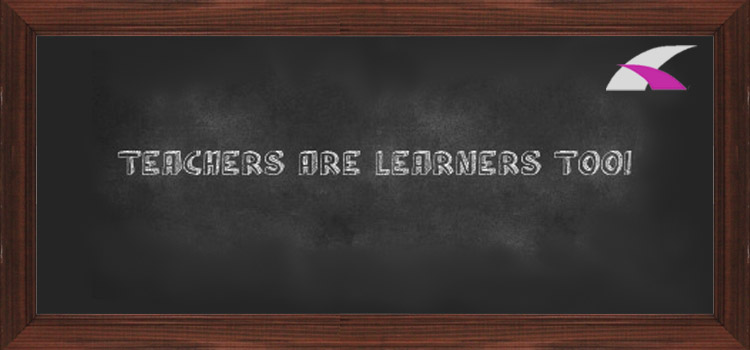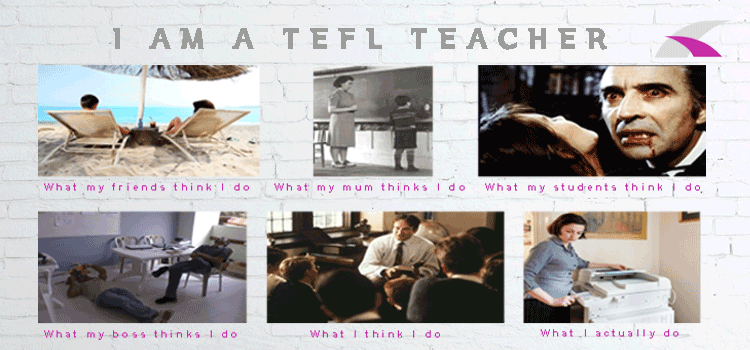httpv://www.youtube.com/watch?v=jlwMYnoCGsM&feature=fvst
It has been discovered that Andalucía was as cold as Scandinavia – and Woolly Mammoths foraged for food and shelter
Remains have been found in Granada showing that the Pleistocene Period (a glacial period) – was prevalent in Spain during the ice age. This now proves that Spain was the most southerly part of Europe covered in snow and ice.
The Mammoth - a prehistoric colossal beast - arrived in Spain from Siberia 40,000 years ago but eventually died out some 4,000 years ago. The remains can now be viewed in the Granada Archaeology Museum in the City’s Science Park.
They Woolly Mammoths had big long trunks and tusks coming out if their head similar to Elephants today.
DEBATE
- What does a Woolly Mammoth look like?
- Are we heading for another Ice Age?
- What do you think these animals ate?
KEYWORDS
Word |
Image |
Definition |
Example |
Listen |
Discovered |
 |
To find something unexpected. |
They discovered there were lots of naked beaches in Spain. |
Listen |
Shelter |
 |
A place to take cover |
When the storm came closer we went to the shelter |
Listen |
Remains |
 |
Parts of a dead body. |
The remains of Lorca were not discovered. |
Listen |
Forage |
 |
To search about; seek; rummage; hunt |
He went foraging in the attic for old mementos. |
Listen |
Prevalent |
 |
Widely or commonly occurring, existing, accepted, or practiced. |
Pick pockets are prevalent in Spain. |
Listen |
Tusk |
 |
A long, pointed, or protruding tooth of an animal |
They cut off the tusk for ivory |
Listen |
Dinosaur |
 |
Herbivorous or carnivorous reptile now extinct which are the largest know land animals |
The dinosaur remains were found in the desert |
Listen |














